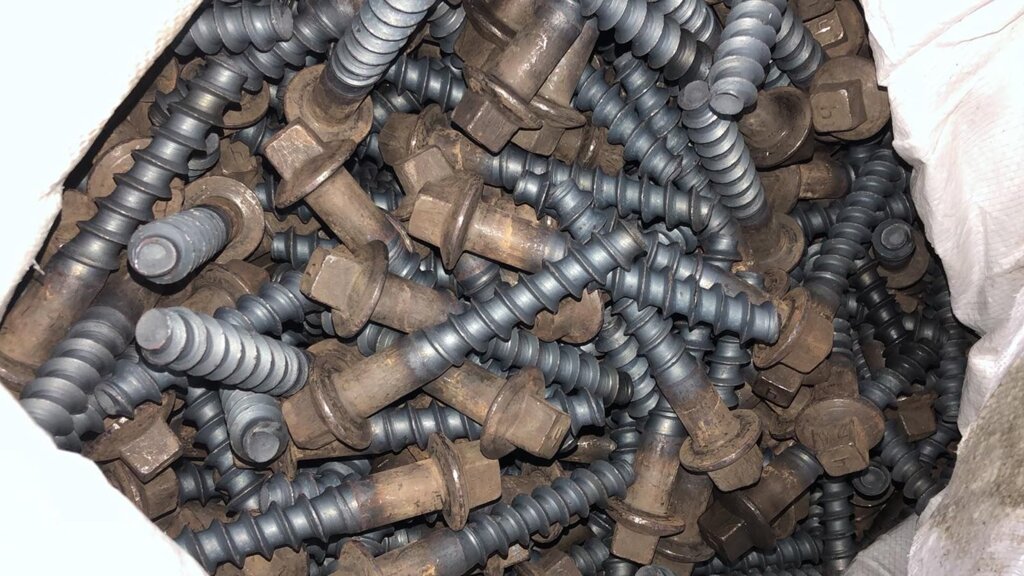When buying screws, it’s important to know how to measure screw diameter and pitch. This will help you determine which size screws will fit your project.
The first number in the screw size callout is the major diameter, while the second number is the thread pitch. The thread pitch is the space between each screw thread.
Diameter
The diameter of a screw is the measurement of the widest part of its thread. It’s also known as the screw gauge. Screw sizes are usually indicated by the first number of their thread size and its decimal equivalent, such as #8 Duraspin x 1.25″.
The second measurement of a screw is its thread pitch. This is the spacing between one thread crest and the next. Screws with larger pitches have coarser threads, while those with smaller ones have finer threads.
The length of a screw is the distance from the flat end of its head to its tip or blunt end. This measurement is typically given in inch fractions and may be measured using go/no-go gauges. Length can be difficult to determine for metric screws.
Pitch
The pitch of a screw is the distance between two adjacent threads at their peak. It is typically measured in inches (threads per inch) or millimeters, depending on the type of screw. In general, a screw with a higher pitch has a coarser thread than one with a lower pitch.
To measure a screw’s thread pitch, place the screw on a flat surface and lay a steel rule down its axis. Count the number of thread gaps within one inch of length, then divide that number by the screw’s length to find the screw’s pitch. Alternatively, you can use a caliper to measure the distance between the thread peaks. The pitch and lead are equal for single start screws, but the number of starts varies by manufacturing considerations.
Length
While most screw sizes are determined by diameter and thread pitch, length is also an important factor. This is especially true for screws with heads that can be driven all the way into the surface, such as flathead or pan-head screws.
To measure the length of a screw, place it on a flat surface and count the number of thread gaps in a one-inch section. Then, divide this number by the screw’s gauge to get its length.
The gauge of a screw is measured at the smooth portion of the shank, above the threaded portion. It’s a good idea to consult the manufacturer’s instructions when selecting a screw for any application. They may recommend a different size or style of screw for optimal performance.
Tolerance class
The tolerance class of a screw indicates how close the threads can fit to each other. The class is determined by the fundamental deviation of the threads and their position relative to the basic size. The fundamental deviation is indicated by an upper- or lower-case letter, and the tolerance position is designated by a number. For example, a hole with a fundamental deviation of 4 h7 may range from 0.497 to 0.495.
The metric standard specifies that capital letters designate internal threads and lower-case letters external ones. A slash separates the two. In addition, a number is added to the basic dimension of each thread to indicate the tolerance class.
Increasing the tolerance class results in increased cost for production (due to more demanding tooling/fixtures, operator skills, and scrap/rework). However, higher tolerances also result in better quality.
LH symbol
The number at the beginning of a screw size corresponds to its major diameter, which is also known as its thread width. It is usually the same as the nut and washer diameter. For example, a 1/4″ screw takes a 1/4″ nut and washer.
Next comes the number that indicates the pitch of the screw, which is the distance between one thread flank and the adjacent one. This measurement is often expressed as threads per inch, or TPI.
The final number is the length of the screw, which is measured from beneath the head to its tip. Screws that don’t go all the way into a surface, such as truss-, round-, hex-, and button-head screws, are marked with an LH symbol, which stands for left-handed.screw sizes chart


